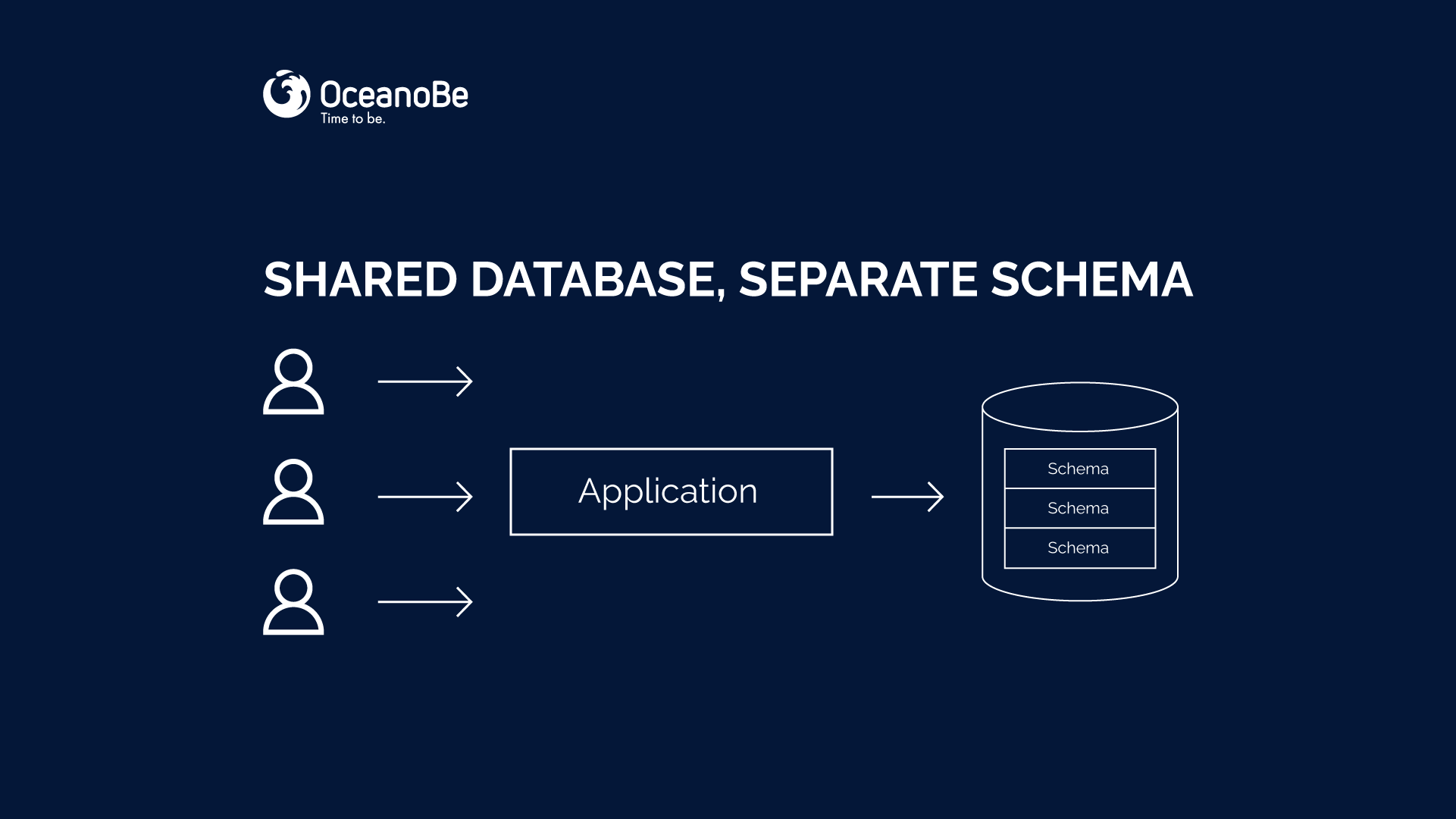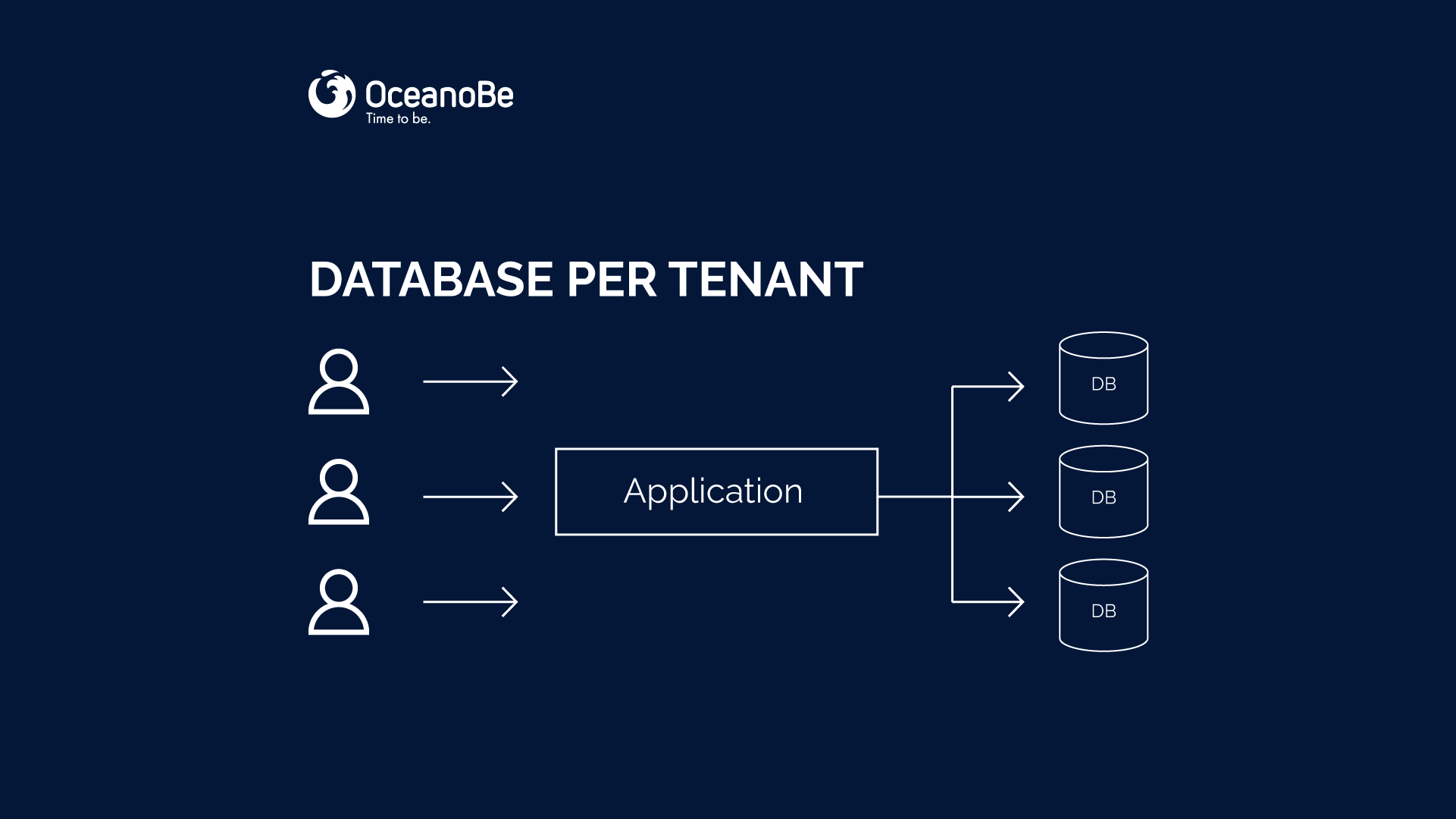The Power of Multi-Tenant Architecture in Microservices
The benefits of multi-tenant architecture
The benefits of multi-tenant architecture

In today’s rapidly evolving technological landscape, businesses are constantly searching for innovative solutions to optimize their software systems. One such solution that has gained immense popularity in recent years is multi-tenant architecture. This architectural pattern enables multiple user groups, known as tenants, to access a single instance of an application or system. By sharing resources among different users, multi-tenant architecture offers numerous benefits, including scalability, cost savings, increased efficiency, easy maintenance, and customization options.
Multi-tenant architecture is designed to create distinct, isolated environments within a shared infrastructure, such as a virtual machine, server, or cloud platform. It partitions data storage and processing, providing each tenant with their own dedicated space in the system. This ensures that tenants can interact with the application and access their own data without compromising the privacy or security of other tenants.
Tenants can include various user groups, both internal and external to the company, as well as customers who purchase the product. This architecture allows businesses to customize each tenant's environment to meet their specific needs and preferences, including user interface design, data security settings, and access control. Different sets of rules can be applied to each domain, ensuring that resources and features are allocated appropriately.
1. Scalability
One of the primary advantages of multi-tenant architecture is its scalability. By utilizing a single application instance to serve multiple tenants, businesses can easily scale up or down to meet changing demands. This flexibility enables companies to accommodate seasonal spikes in demand or adjust resource allocation based on customer needs without the need to manage multiple dedicated systems.
2. Cost savings
Multi-tenant architecture offers significant cost savings for businesses. By sharing hardware and software resources among multiple tenants, companies can reduce infrastructure costs. Instead of investing in separate systems for each tenant, businesses can leverage shared resources, resulting in lower overhead expenses. This cost-efficiency makes multi-tenant architecture especially beneficial for software-as-a-service (SaaS) companies, allowing them to scale their applications while remaining cost-effective.
3. Increased efficiency
With a multi-tenant architecture, businesses can increase efficiency by sharing resources such as compute power and storage space among multiple tenants. By leveraging shared infrastructure, companies can manage large workloads without the need for additional hardware or software licenses. This not only improves resource utilization but also enhances overall system performance and responsiveness.
4. Easy maintenance/management
Compared to single-tenant architecture, multi-tenant architecture is much easier to maintain and manage. All tenants share the same underlying codebase and platform, reducing the complexity associated with managing multiple versions of an application. Updates and upgrades can be deployed across all tenants simultaneously, streamlining the management process and ensuring consistency.
5. Customization
The multi-tenant architecture allows for extensive customization options. Each tenant can personalize their environment to meet their specific requirements, including user interface design, configurations, and branding. This flexibility enables businesses to effectively serve different user groups and tailor the application to their unique use cases. From filtering data based on different branches or locations to creating specified metrics and dashboards, tenants have the freedom to customize their experience within the shared multi-tenant application.
While multi-tenant architecture offers numerous advantages, it also presents certain challenges that need to be addressed effectively. Some of the key challenges include:
1. Security issues
Implementing multi-tenancy requires careful design and management to ensure tenant isolation and secure data storage. Poorly implemented multi-tenant applications can lead to unauthorized access and data misuse. To mitigate security threats, robust authentication and access control mechanisms need to be in place, ensuring that each tenant can only access their own data and features.
2. Additional knowledge requirements
Managing a multi-tenant environment requires additional knowledge and expertise. Developers and administrators need to understand the intricacies of tenant separation, data filtering, and tenant identification. Documentation and resources should be provided to customers to help facilitate the setup process and address any difficulties or questions that may arise.
3. System outages
Multi-tenant applications heavily rely on the application provider for maintenance and upgrades. Any technical issues on the provider's side could impact all tenants, affecting service availability and system performance. To mitigate this risk, providers often adopt microservice architecture and leverage containerization platforms like Kubernetes to minimize outages and ensure the smooth operation of the application.
Multi-tenant architecture involves the efficient management of data storage for multiple tenants. There are several database models commonly used in multi-tenant systems:
1. Single Shared Same Schema Database
In this model, all tenants' data is stored in the same database, utilizing pooled resources. This approach is cost-effective and straightforward, as it eliminates the need for separate databases. However, it can present challenges in terms of data concurrency and version control.

2. Single Shared Multiple Schema Database
This model uses sub-databases within the same database instance for each tenant. Each tenant schema is distinct and operated individually, offering greater flexibility in managing data specific to each tenant. However, this approach requires more overhead and maintenance due to the presence of multiple databases.

3. Multiple Schema Database
The third type of multi-tenant database model involves hosting data in multiple databases. This approach offers the highest level of data isolation, ensuring that each tenant's data is stored separately. However, managing and scaling multiple databases can increase complexity and maintenance efforts.

Multi-tenant architecture is widely adopted across various industries, particularly in cloud computing and software-as-a-service applications. Here are a few examples of how multi-tenant architecture is utilized:
1. Cloud computing platforms
Public cloud platforms such as Amazon Web Services (AWS), Microsoft Azure, and Google Cloud Platform (GCP) provide infrastructure services to multiple users simultaneously. Each user, or tenant, can manage their own virtual machines, storage space, and databases within the shared platform. This multi-tenant approach allows for efficient resource utilization and cost savings.
2. Software-as-a-service (SaaS) applications
SaaS applications like Gmail, Dropbox, and Netflix leverage multi-tenant architecture to serve a large number of users concurrently. These applications provide a seamless user experience, allowing users to access their individual accounts and data while remaining completely isolated from other users. Multi-tenancy enables efficient resource allocation and scalability, ensuring optimal performance for all users.
3. Analytics and business intelligence platforms
Multi-tenant architecture is particularly relevant in the field of analytics and business intelligence. Analytical platforms like GoodData utilize multi-tenant architecture to enable companies to share dashboards and reporting capabilities with different user groups securely and cost-effectively. Each user group has its own isolated instance of the analytics platform, ensuring data privacy and customization options.
Multi-tenant architecture offers significant advantages for businesses seeking efficient, scalable, and cost-effective solutions. By sharing resources among multiple tenants, companies can optimize resource utilization, reduce costs, and enhance overall system performance. While challenges such as security and system maintenance need to be addressed, the benefits of multi-tenant architecture make it an attractive choice for businesses in various industries.
As time has proven to us, here at Oceanobe, this can be a major undertaking for some businesses, that will resolve in business growth and expansion of opportunities. As technology continues to evolve, multi-tenant architecture will continue to play a vital role in enabling businesses to thrive in the digital era.